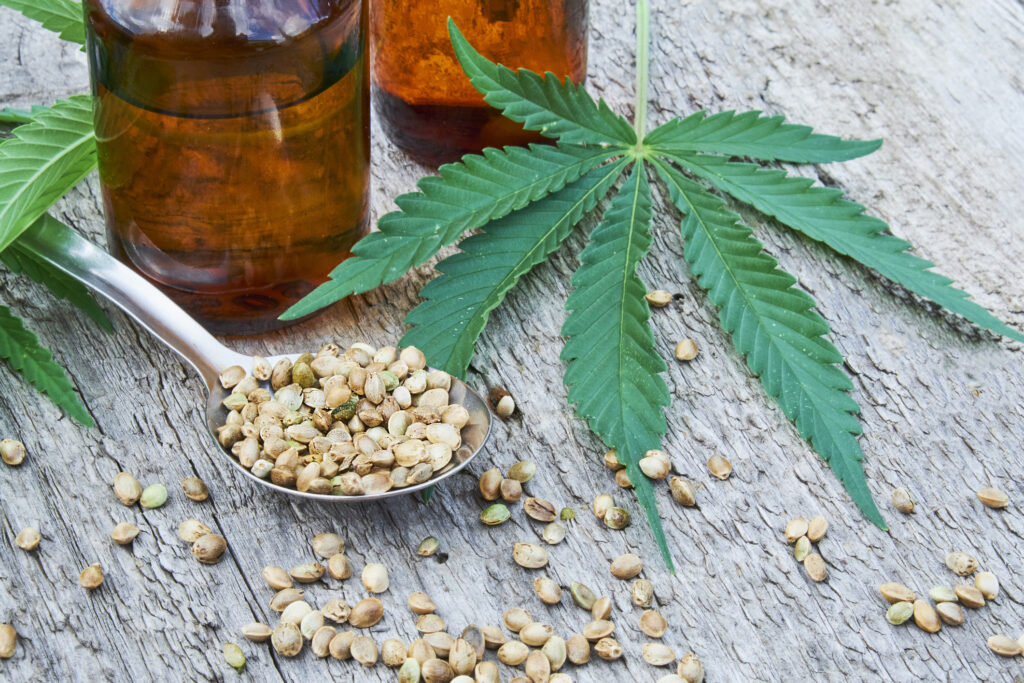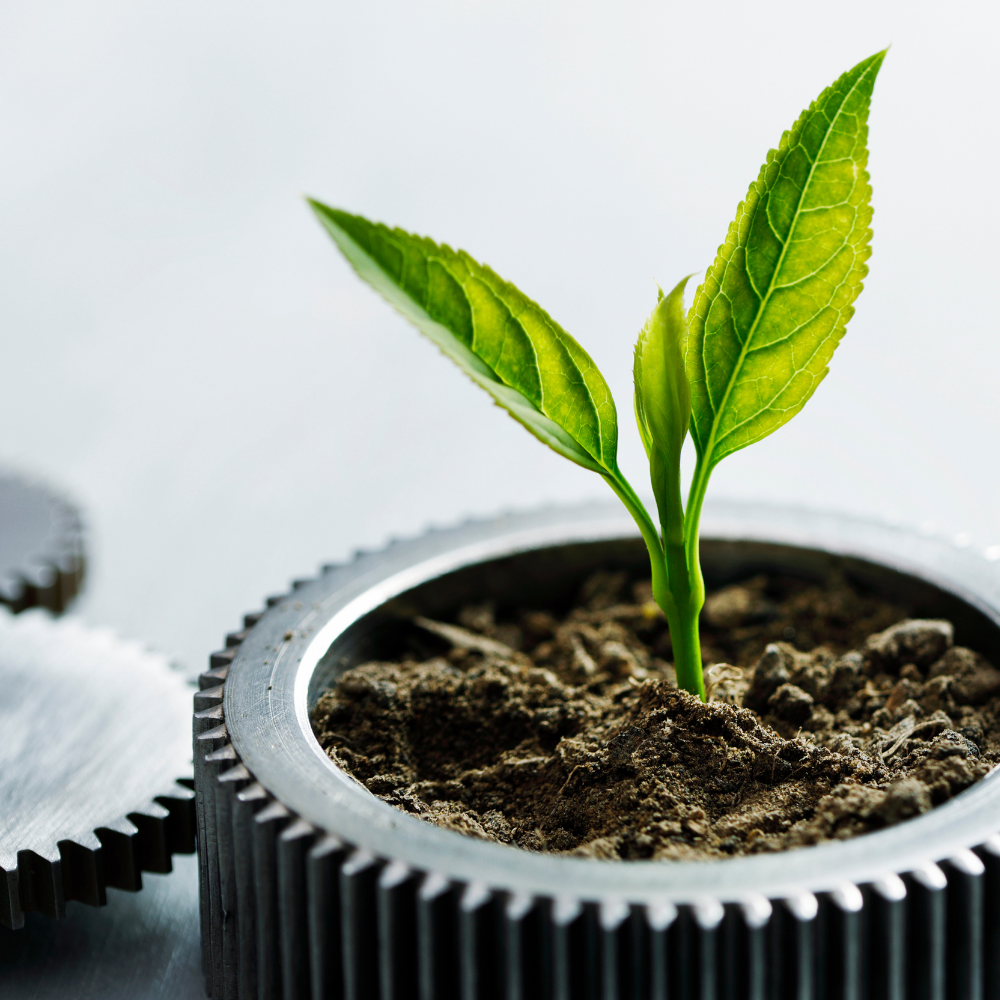Hemp is a versatile and environmentally friendly material that can be used for many purposes. It can be made into building materials, food, paper, textiles, and more.
Hemp can be used to make building materials.
It can also be used as a building material, even though it’s not technically a wood. It is a very strong fiber, so it can be used to make insulation, drywall, paint and concrete.
Because it’s so strong and long lasting, it makes sense that these products would last longer than traditional building materials such as wood or plastic.
As an added benefit: hemp uses less energy during manufacturing than other materials do!
It is more environmentally friendly than wood because it takes less water to grow and doesn’t require pesticides or fertilizers in order for the plant to thrive—both of which have negative effects on our planet’s environment when used excessively.
Because hemp doesn’t rot as quickly as most other plant-based fibers like cotton or bamboo does (it only takes about five months for hemp fibers to break down after reaching their full height), this means that they won’t need replacing every few years like most other fabrics do either—saving both time and money over time! Plus there are no harmful chemicals involved with processing all those materials either so you won’t have any issues with making sure everything stays clean all year long!

It is also used to help clean the environment.
Hemp can be used to help clean the environment. It has been used as a renewable resource for many years and could be used in numerous ways to help clean up our planet.
- It can be used to make biofuel, bioplastics, biodegradable plastics, compostable plastics and paper.
- It can also be turned into detergent or fertilizer for crops.
- It can also be turned into food such as hemp seed oil or flour made from its seeds.
- The fiber from its plants is also being used by companies like Ecolution Inc., who makes textiles from recycled plastic bottles that would otherwise end up polluting our oceans and landfills across the world!
Hemp is an unconventional crop that requires only half of its weight in fertilizer compared with conventional crops like cotton.
Cotton uses approximately twice its weight in fertilizers compared with those required by other crops such as soybeans or corn.
It can be used as an alternative to plastic.
it can be used in place of plastic.
Plastic is made from fossil fuels and does not biodegrade easily. It also contains toxic chemicals that are harmful to the environment and your health.
Hemp is a renewable resource that can be used as an alternative to plastic because it’s biodegradable, safe for you and the environment, versatile, sustainable and easy to grow. It can be used to make rope, textiles (such as clothing), Cannabidiol (CBD) oil for medicinal purposes such as lowering stress levels or relieving pain associated with arthritis; Its seed which can be eaten as food or made into oil; paper products like napkins/paper towels; building materials such as insulation panels; non-toxic pesticides produced by spraying the crop with water mixed with potassium chloride salt crystals instead of toxic chemicals; fuel pellets made from leftover stalks called “hempcrete” which are easier on our planet due their lower carbon footprint compared with traditional concrete construction methods by reducing our need for fossil fuels!
You can eat it.
Hemp seeds are a good source of protein. They also contain fiber, omega-3 and omega-6 fatty acids, phytosterols and other vitamins and minerals.
You can eat its seeds raw or cooked. They have a mild nutty flavor that is delicious in salads or on top of oatmeal or yogurt.
The seeds can be used in baked goods like brownies and granola bars too!
It is low in carbohydrates which makes it a great choice for people who want to lose weight or stay healthy while eating lots of delicious food!
You can use it to make paper.
Hemp paper is made from the bast fibers of the plant, which are strong and durable. The use of hemp for paper has been recorded in China as far back as 8,000 BC, and it was one of the first textiles to be manufactured in America when colonists began importing its seed from China in 1619.
Hemp paper is biodegradable and can be composted, but there are some issues with this method: it can take up to two years to break down completely in a typical commercial composting facility due to its high degree of cellulose (35-40%), which makes up most of the cell walls that make up your plant tissue.
Another option for recycling hemp fiber is through processing technology called mechanical pulp milling (MPM), which uses a series of rollers or hammers within a closed system without exposing large amounts of air or water vapor into contact with raw materials being processed—thereby reducing pollution while producing higher yields than traditional methods using chemicals like sodium hydroxide (NaOH).

It is a versatile and environmentally friendly material that can be used for many purposes.
Hemp is a versatile and environmentally friendly material that can be used for many purposes. It’s often used to make building materials like wood, but hemp can also be used to help clean the environment, serve as an alternative to plastic and even feed people.
Hemp is one of the most versatile plants on Earth, as it has been grown for thousands of years as a food crop and oil crop. The plant’s seeds are edible and have been eaten since ancient times all over the world (including China).
Hemp seed oil contains essential fatty acids such as omega-3 and omega-6 essential fatty acids in large quantities compared with other vegetable oils such as olive or sunflower oil.
Hemp is a versatile and environmentally friendly material that can be used for many purposes.
The world has been slow to accept the use of it because it has been illegal for so long, but now that we know its benefits as a renewable resource, maybe we’ll see more uses for this plant in our everyday lives.




